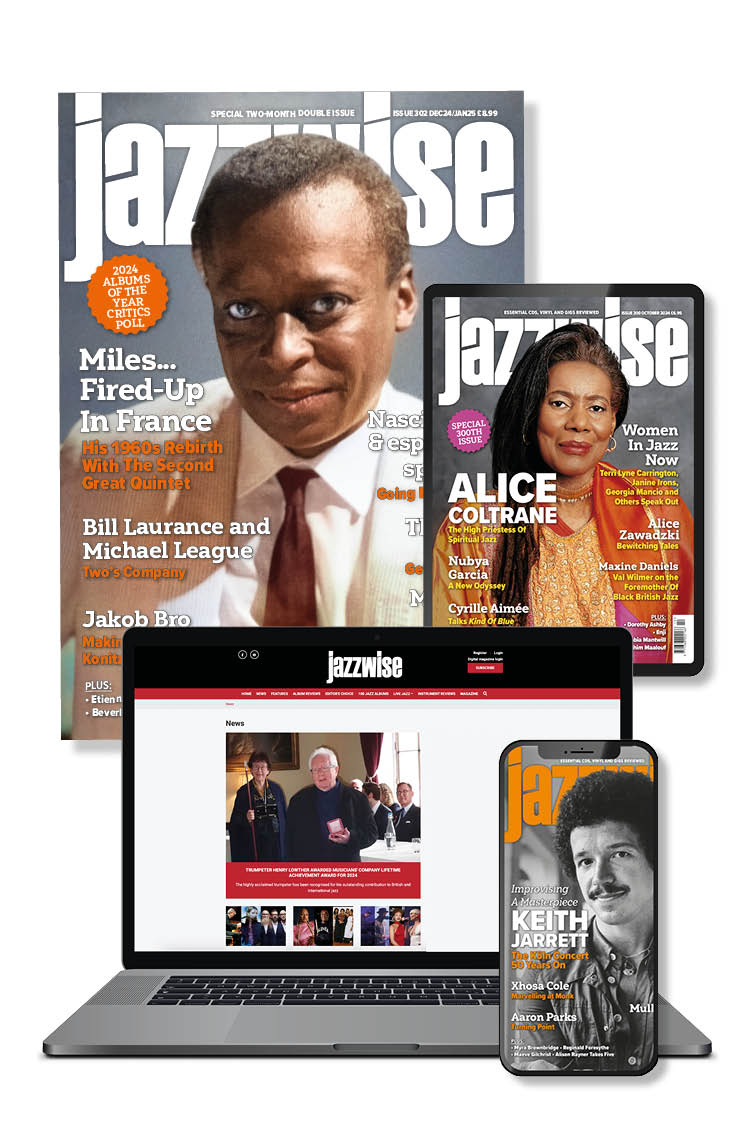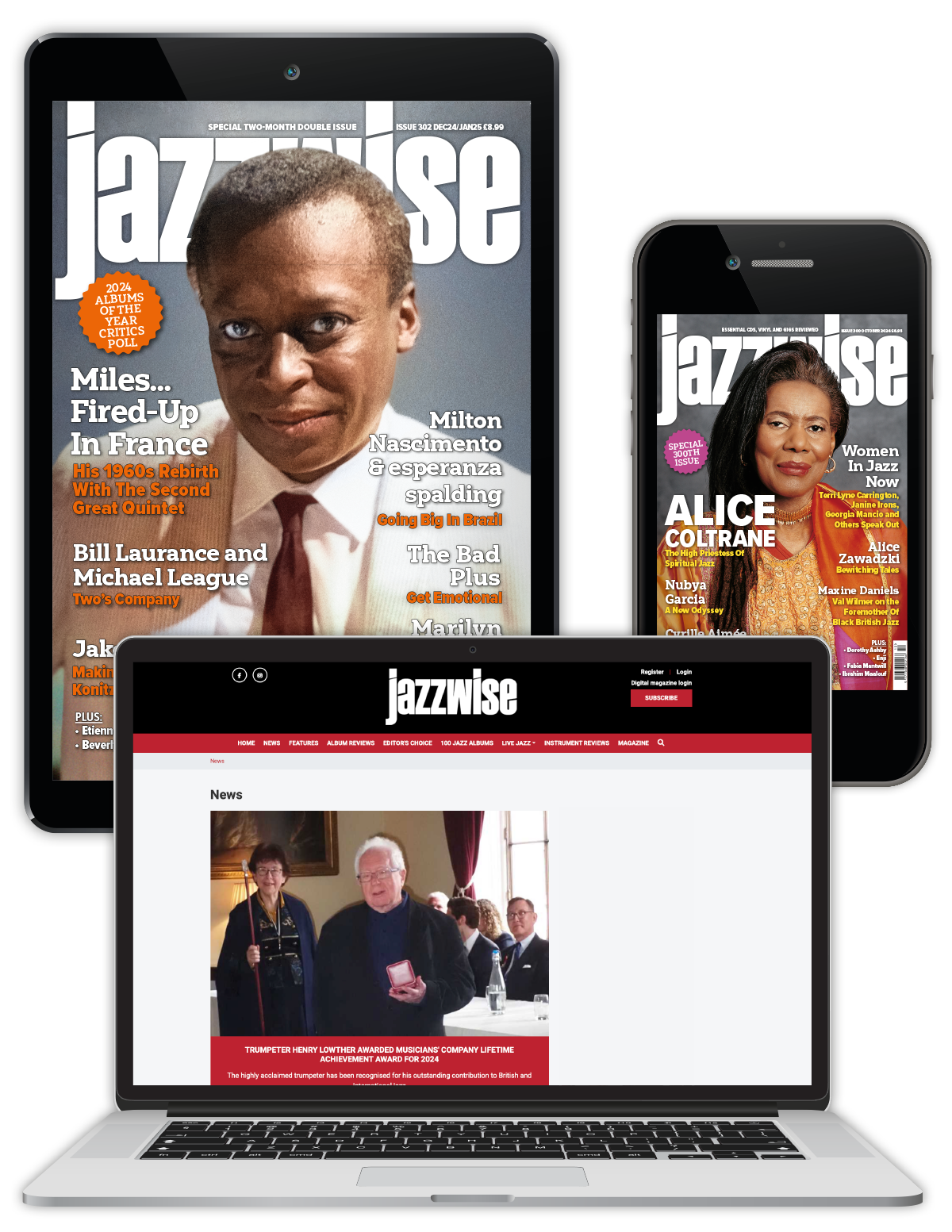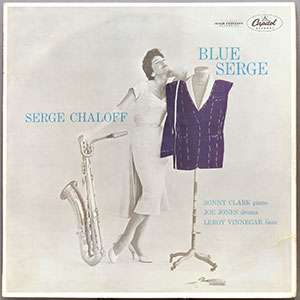Serge Chaloff: Blue Serge
Author: Stuart Nicholson
View record and artist detailsRecord and Artist Details
Musicians: |
Philly Joe Jones |
Label: |
Capitol |
Magazine Review Date: |
March/2023 |
Catalogue Number: |
T472 |
RecordDate: |
Rec. 14 March 1956 |
Today, when Chaloff is remembered (if he is remembered at all), it is as a soloist in Woody Herman's Second Herd. Chaloff's extravagant antics (he was a junkie) drove Herman crazy, but he recognised that there had never been such a complete soloist on his instrument (the baritone saxophone) in jazz, something that still holds good today. Chaloff did not want for a musical education, his father was a pianist and composer and member of the Boston Symphony, while his mother, known as Madame Chaloff, was a renowned piano teacher whose long list of students included Leonard Bernstein, Herbie Hancock, Chick Corea and Keith Jarrett. Ironically, Serge was self-taught on baritone saxophone; “Who could teach me?” he once said in an interview with Leonard Feather. Indeed, who could? He was a formidably gifted young musician who, by the time he joined Herman in 1947, had already absorbed the lessons of Charlie Parker and bop into his style. By the time he came to record Blue Serge he had rehabilitated himself from addiction, and was at the peak of his abilities, reflected in what is generally accepted as one of the great jazz albums of all time.
Today, it seems remarkable that Chaloff picked a rhythm section with whom he had never played before (other than Jones, with whom he briefly jammed eight years previously). He simply told everyone to show up at Capitol Towers, no rehearsals, no tunes set, and play. Chaloff's astonishing virtuosity is captured in perfect fidelity, from the softest sub-tone whisper (‘I’ve Got the World on a String’), the perfectly weighted middle register tone (‘Stairway to the Stars’) to the muscular sound of the lower register (‘Susie's Blues’). Chaloff not only demonstrates total mastery of his instrument from a technical perspective (‘All the Things You Are’), but key is the way he uses that technique in service of melodic invention. Nothing is gratuitous or done for effect, every note seems aesthetically placed to enhance the overall structure of his improvisations. His improvised lines are given a sense of drama through expressively manipulating the tonal properties of the instrument, while his sheer rhythmic drive (his time is perfect) lends a sense of compelling drama to his solos. He deliberately chose tunes that neither he, or his accompanists, were familiar: “We wanted it that way, fresh ideas you see.”
Yet despite these challenges, the cohesion of Chaloff's accompanists is flawless – it's almost as if they knew Chaloff was creating something for the ages and they were there to support him – every inch of way. Stuart Nicholson

Jazzwise Full Club
- Latest print and digital issues
- Digital archive since 1997
- Download tracks from bonus compilation albums throughout the year
- Reviews Database access
From £9.08 / month
Subscribe
Jazzwise Digital Club
- Latest digital issues
- Digital archive since 1997
- Download tracks from bonus compilation albums during the year
- Reviews Database access

